Whatever Happened to RFID?
561Discover how RFID has evolved from early hype to a critical tool in industries like retail, healthcare, and IoT. Learn how Cykeo’s solutions keep RFID relevant today.
MoreAll RFID Product
When I first started working with RFID systems, I honestly didn’t care much about the frequency. 125 kHz or 13.56 MHz — it all sounded the same back then. But after a few chaotic installations, mismatched cards, and a lot of frustrated phone calls from clients, I learned my lesson: the right frequency makes all the difference.
The day I switched to an RFID 13.56 MHz reader, things finally started running smoothly — faster reads, fewer errors, and stronger data protection. It felt like upgrading from an old flip phone to a modern smartphone overnight.
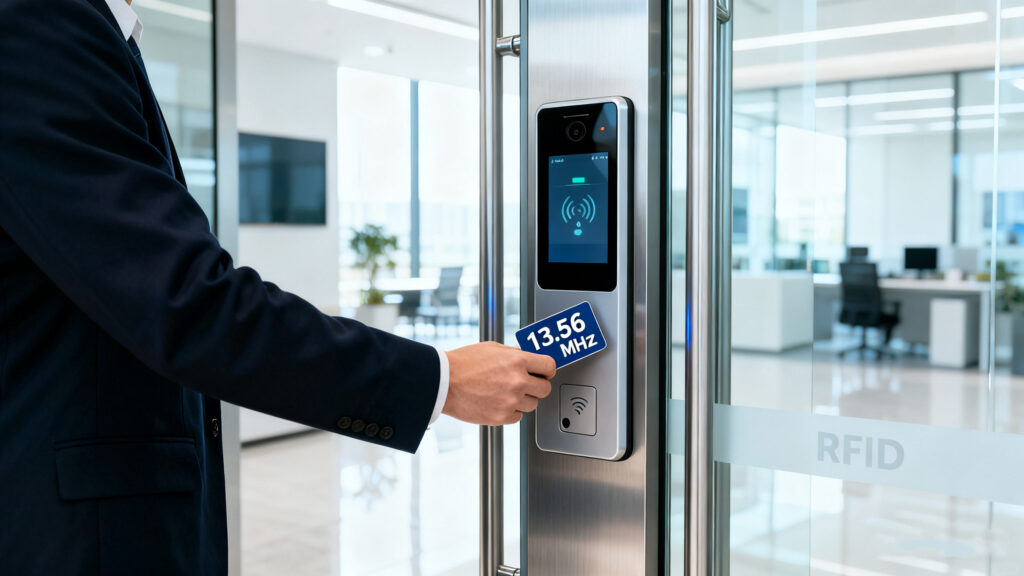
In the world of RFID, there are two main categories — low frequency (125 kHz) and high frequency (13.56 MHz).
Low-frequency readers are simple and reliable, but they’re also limited. They can identify basic ID cards, but there’s no encryption or memory to store data. That’s fine if you’re just controlling a single warehouse door, but not for modern security systems.
RFID 13.56 MHz readers, on the other hand, work with smart cards and NFC technology. They can handle encrypted data, interact with smartphones, and even support multiple access modes — like tap, wave, or mobile credentials. The difference isn’t just in speed; it’s in flexibility and long-term usability.
A few years ago, I managed an upgrade project for an office that had been using old 125 kHz cards for years. We decided to move step by step — replacing the readers first, then slowly migrating the cards.
The transition was smoother than expected. The new readers supported both the old and new cards, and once employees experienced how quick and reliable the 13.56 MHz cards were, no one wanted to go back. Eventually, we phased out the older cards completely.
Now, most of our installations use 13.56 MHz readers exclusively — they’re simply more secure and support encrypted credentials, mobile access, and better integration with digital systems.
I also got to see how these readers perform in tougher environments — factory floors, logistics centers, even outdoor yards.
In one project, we used rfid 13.56 mhz readers to track materials moving between production stations. Each tag carried not just an ID but actual data: part number, batch info, and processing stage. Unlike low-frequency readers that often struggled with speed or interference, the 13.56 MHz units read tags instantly, even near metal machinery.
That’s when it really hit me — this technology isn’t just for access control. It’s about real-time data flow. Every tag became a live data point.
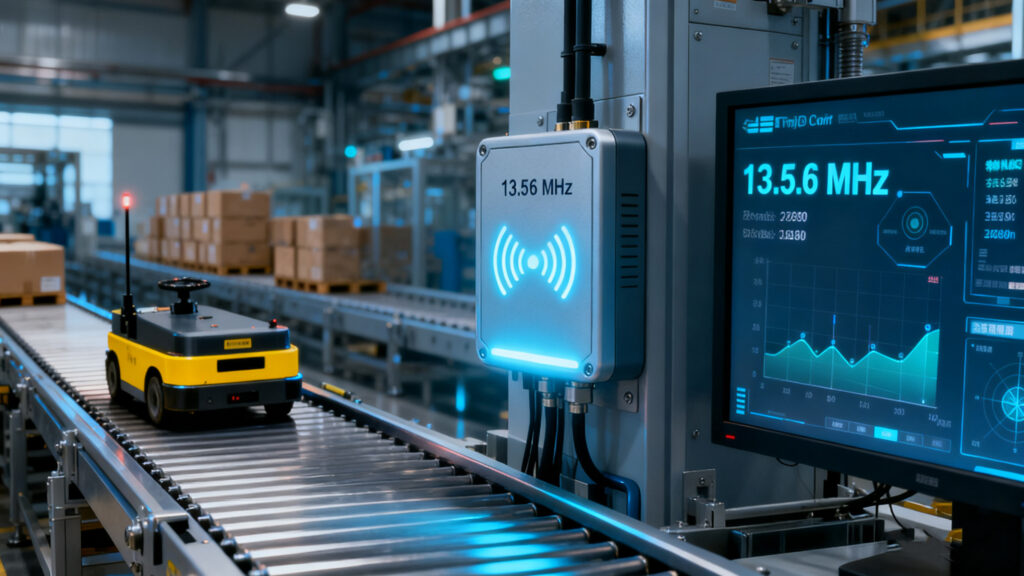
Not every setup is a fixed installation. Sometimes I need to check tags in the field, test a new batch of cards, or verify user credentials before a deployment. That’s where portable 13.56 MHz RFID readers shine.
The first time I used one, I was surprised by how convenient it was — a small, battery-powered reader that connects to a laptop or tablet. I could test cards right on site without running cables or installing software. It’s become part of my everyday toolkit now.
Over the years, I’ve built my own little checklist when evaluating RFID readers:
If you’re setting up a new access system, upgrading an old one, or building a smarter logistics network, my advice is simple:
Start with 13.56 MHz.
It’s secure, scalable, and future-ready. The technology supports not just cards but also phones, wearables, and smart devices. Once you get used to the speed and reliability of a rfid 13.56 mhz reader, you won’t want to deal with older systems again.
This isn’t about chasing tech trends — it’s about stability and simplicity. After making the switch myself, I can say one thing for sure: the 13.56 MHz standard just makes sense.
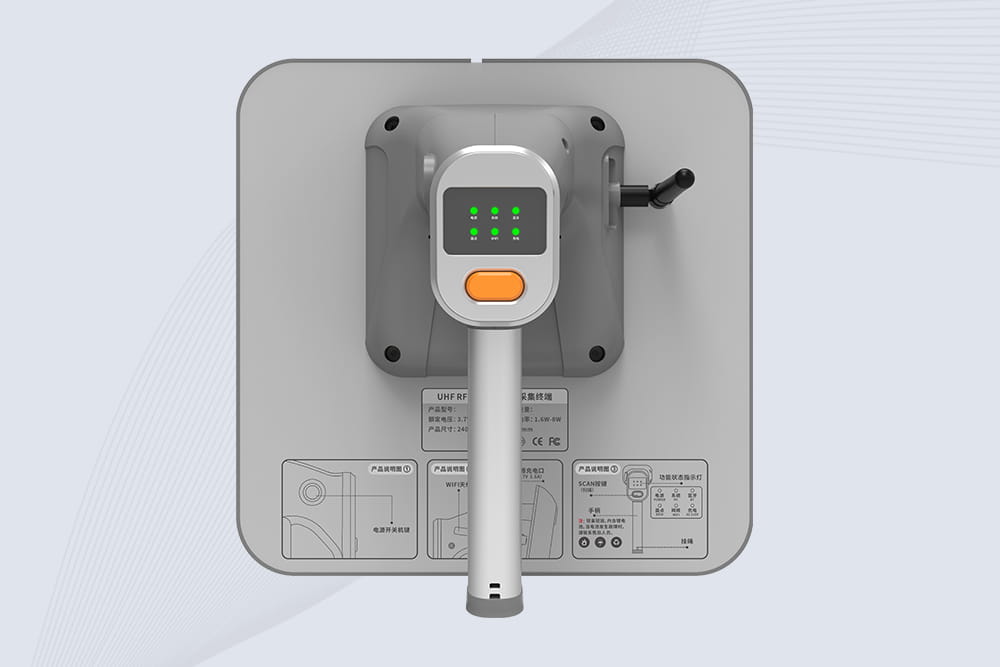
Cykeo CK-B9 UHF Bluetooth handheld RFID scanner features 12m UHF range, 200+ tags/sec scanning, IP67 rugged design for retail/warehouse/pharma. Supports Android SDK & real-time Bluetooth 5.0 transmission.
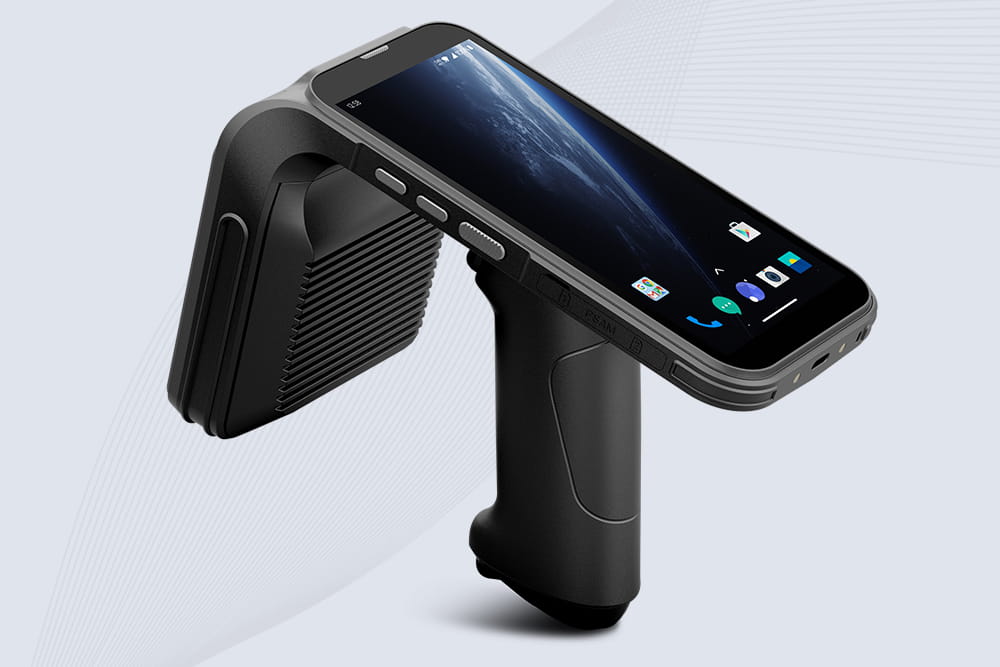
Cykeo CK-B4 UHF Handheld RFID Reader scanner delivers 1300 tags/sec reading, 30m UHF range, and 12-hour battery life. IP65 rugged design with barcode/NFC/ID scanning for retail/manufacturing/logistics.
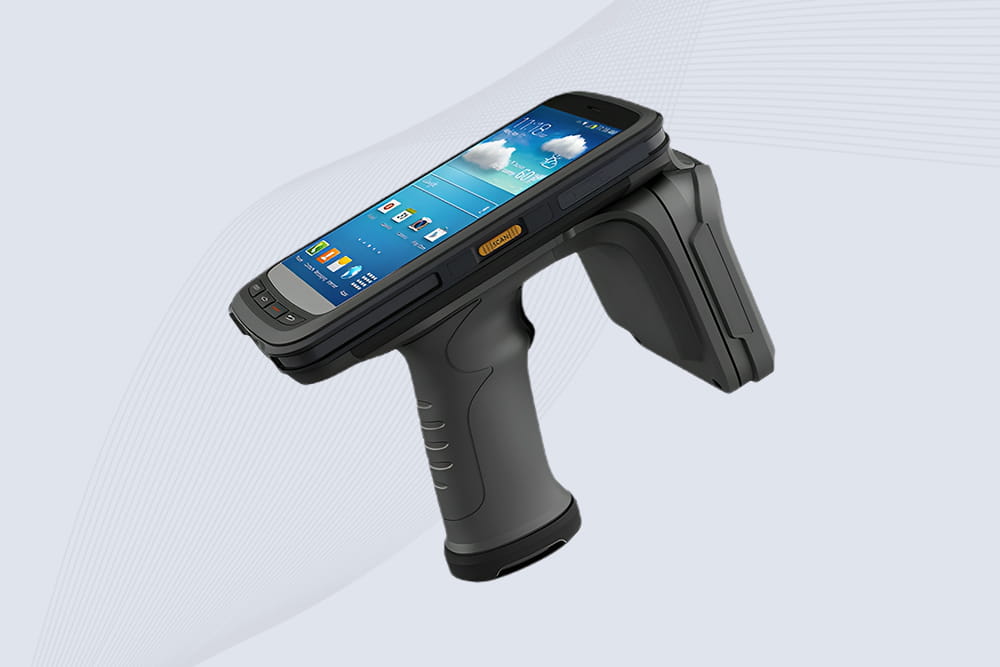
Cykeo CK-B2L industrial UHF RFID handheld offers 10m range, 500 tags/sec scanning, Android 11 OS, and IP65 rugged design for retail/warehouse/manufacturing.
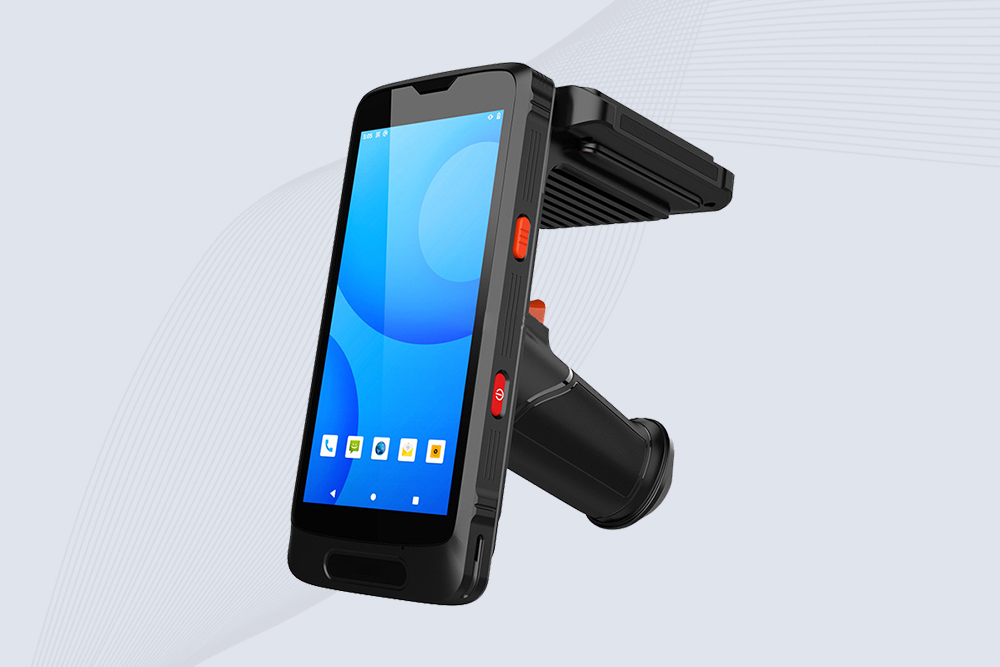
Cykeo CK-B3 industrial RFID Reader Handheld, terminal offers 2m read range, multi-protocol scanning (NFC/barcode/ID), Android 10 OS, and IP65 ruggedness for logistics/retail/manufacturing.
Discover how RFID has evolved from early hype to a critical tool in industries like retail, healthcare, and IoT. Learn how Cykeo’s solutions keep RFID relevant today.
MoreDiscover the best RFID-barcode hybrid scanners for small retail stores in 2024. Compare affordability, durability, and software compatibility for seamless inventory management.
MoreHow is RFID technology used in agriculture? Discover real-world applications for livestock, equipment, and crop management with cost analysis.
MoreComparing RFID vs NFC through real warehouse and retail scenarios. Practical insights from Cykeo’s deployments explain why RFID scales better for logistics, manufacturing, and high-volume tracking.
More